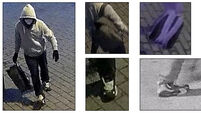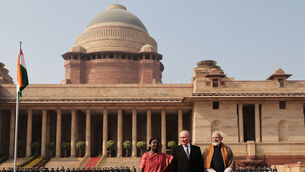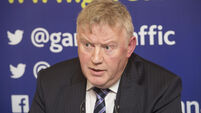Praise for those who helped inmates
At a ceremony outside the site, Holocaust survivors and local residents listened to a letter from Polish President Lech Kaczynski in which he said that the world has underestimated the determination of people outside the camp to save prisoners.
“World public opinion has often held that the residents of the area were completely indifferent to the fate of the prisoners,” Kaczynski said in the letter, which denounced “such unjust statements”.














